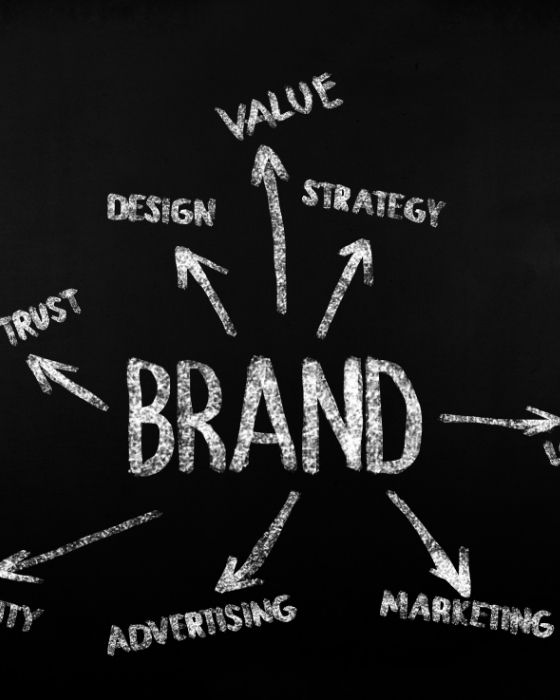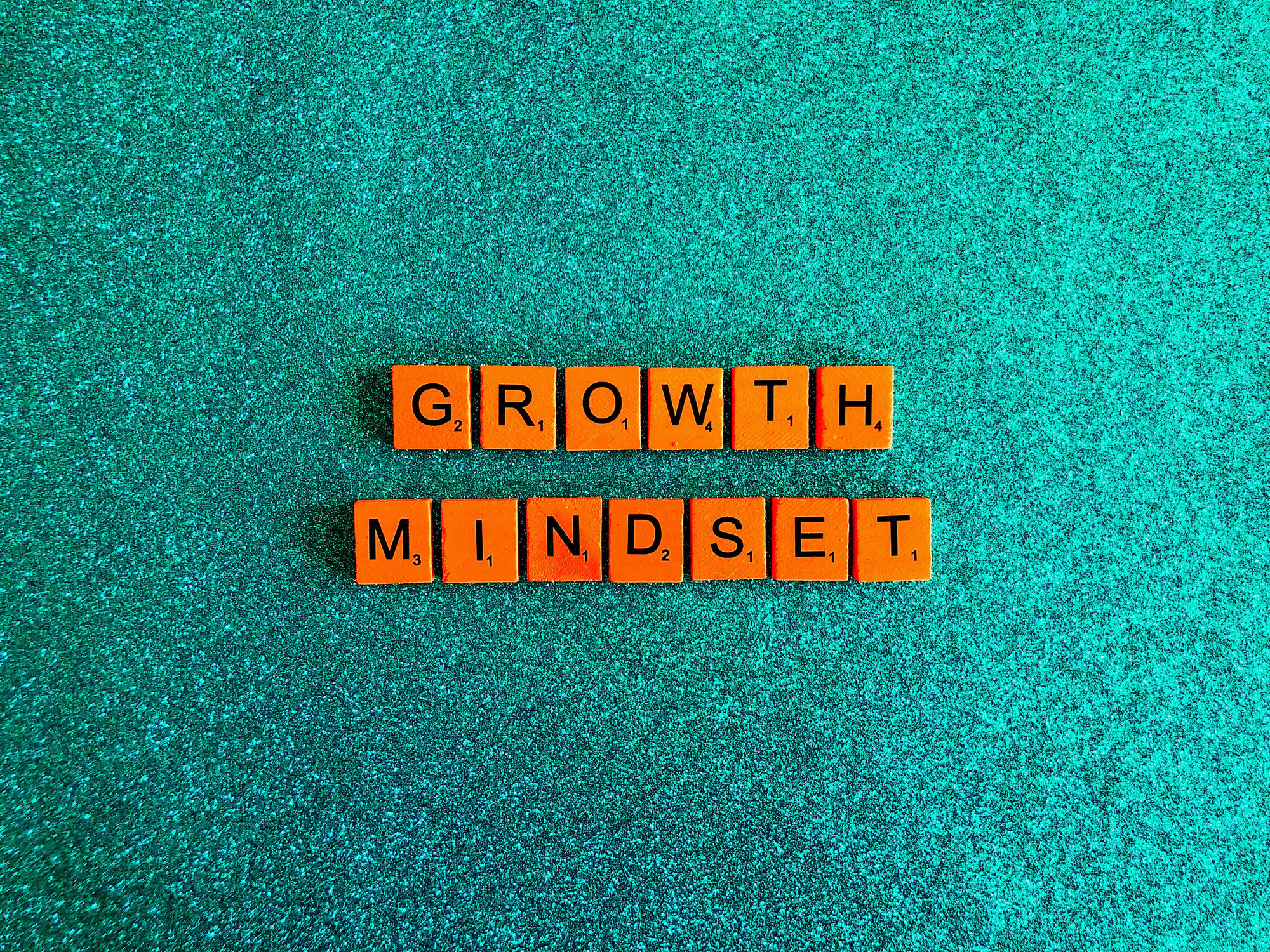Unlocking Business Development: How to Find New Customers in 2025
As we head into 2025, the landscape of business development how to find new customers is rapidly evolving, necessitating a proactive approach from small and medium enterprises. In an era where digital innovation and shifting buyer behaviors dominate, businesses must pivot their customer acquisition strategies to remain competitive. Understanding the critical trends shaping this environment is essential; recent research indicates that over 70% of consumers prefer researching products online before making purchasing decisions, emphasizing the need for a robust online visibility.
To successfully navigate this transformation, identifying high-value target audiences becomes increasingly important. By utilizing data-driven insights, companies can refine their ideal customer profiles and strategically segment their outreach efforts, enhancing engagement and conversion rates. Moreover, incorporating effective SEO practices and leveraging platforms like LinkedIn can significantly boost brand recognition and foster connections with potential customers.
In this article, we will explore various strategies for optimizing customer acquisition in the current market. From building strategic partnerships to harnessing automation tools, we will uncover actionable insights that can help businesses develop a sustainable pipeline of leads. By adapting to these dynamic market conditions and prioritizing customer-centric approaches, organizations can ensure long-term growth and success.
Business Development Secrets: How to Find New Customers in 2025
In 2025, small and medium businesses must adapt their customer acquisition strategies to navigate changing market dynamics and evolving buyer behaviors. Understanding business development involves delving into these shifts while embracing digital trends and industry innovations. As potential customers increasingly turn to online channels for information and engagement, businesses must rethink their outreach methods to stay competitive. According to recent studies, over 70% of consumers prefer researching products online before making a purchase decision [Forrester Research]. This underscores the importance of establishing a robust online presence that resonates with target audiences.
Identifying high-value target audiences becomes paramount in this climate. By leveraging market data, businesses can define their ideal customer profiles and prioritize segments that promise the greatest growth potential. Incorporating SEO strategies, effective use of social media platforms like LinkedIn, and engagement on niche forums can enhance brand visibility and connect businesses with prospects more effectively. Furthermore, building strategic partnerships with complementary firms can create opportunities for lead generation and collaborative outreach.
Ultimately, utilizing data-driven insights and automation tools can significantly enhance customer acquisition efforts. By employing CRM systems and AI analytics, businesses can optimize their strategies to provide personalized experiences at scale, ensuring sustainability and growth in a rapidly evolving marketplace.
Identifying High-Value Target Audiences for Smarter Outreach
To effectively find new customers in 2025, businesses must prioritize the identification of high-value target audiences. This process begins with defining detailed ideal customer profiles (ICPs), which are essential for tailored marketing strategies. By utilizing market data and analytics, companies can better understand the preferences and behaviors of potential clients, enabling them to focus their outreach efforts where they will be most impactful.
Segmentation is crucial; businesses should categorize audiences based on demographics, interests, and buying behaviors. This targeted approach not only maximizes outreach efficiency but also enhances engagement rates. As highlighted by [HubSpot], companies that segment their audience effectively can experience a 760% increase in revenue derived from email campaigns. Social media platforms, particularly LinkedIn, play a vital role in this strategy by allowing businesses to connect with niche markets and foster professional relationships.
Additionally, incorporating SEO techniques enhances visibility for specific audience segments, ensuring potential customers discover relevant content when searching online. By empowering their marketing teams with data analytics tools, companies can continuously refine their ICPs, adapting to changing market conditions and consumer trends. Ultimately, understanding and prioritizing high-value audiences will provide a competitive edge, facilitating smarter outreach that leads to substantial customer acquisition in 2025.
Leveraging Digital Channels: Business Development How to Find New Customers Online
In today’s fast-paced digital landscape, leveraging online channels is critical for businesses aiming to find new customers in 2025. As more consumers engage with brands through digital platforms, companies must strategically select the right channels to maximize their outreach efforts. Key platforms like LinkedIn, search engine optimization (SEO), and niche forums have emerged as effective avenues for building relationships with potential clients.
LinkedIn remains a powerhouse for B2B communication, facilitating connections with industry peers and decision-makers. By sharing insightful content and engaging directly with users, businesses can position themselves as thought leaders and gain trust among their target audience. Meanwhile, a solid SEO strategy helps improve a company’s online visibility, ensuring that they appear prominently in search results when potential customers look for solutions relevant to their needs. According to [Moz], optimizing for search engine algorithms can significantly boost organic traffic, leading to higher conversion rates.
Additionally, niche forums and online communities offer unique opportunities for targeted engagement. Participating in discussions and providing valuable input can establish credibility and attract new customers seeking expert advice. By effectively utilizing these digital channels, businesses not only enhance their reach but also create meaningful interactions that foster customer loyalty and drive long-term growth in this evolving market.
Building Strategic Partnerships That Drive Lead Generation
Strategic partnerships are an invaluable asset for businesses looking to find new customers in 2025. Collaborating with complementary companies can create mutually beneficial relationships that expand reach and diversify lead generation efforts. By identifying businesses that share similar target audiences but offer non-competing products or services, companies can unlock new customer bases and enhance their overall market presence.
Effective partnerships may include co-hosting events, joint marketing initiatives, or cross-promotions, which can amplify brand exposure and attract prospects. According to [Harvard Business Review], organizations that engage in strategic alliances can experience a 20-40% increase in lead generation. This statistic underscores the importance of identifying synergies that allow for collaborative outreach efforts to be more effective than individual campaigns.
In addition, leveraging each partner’s strengths—such as technology, industry knowledge, or established networks—can drive deeper customer engagement. For instance, a tech startup could partner with an established consulting firm to gain credibility while offering consultants innovative solutions for their clients. Furthermore, utilizing insights from customer data can help tailor partnership initiatives to better meet audience needs.
Ultimately, building strategic partnerships not only enhances brand legitimacy but also creates a robust pipeline of leads. By harnessing the strengths of allied businesses, companies can drive significant growth and reach diverse markets, fostering sustainable success in an ever-evolving commercial landscape.
Using Data and Automation to Optimize Customer Acquisition
In an increasingly competitive landscape, businesses must leverage data and automation to refine their customer acquisition strategies for 2025. By harnessing customer relationship management (CRM) tools and artificial intelligence (AI), organizations can streamline lead generation processes and enhance personalization in outreach efforts. With the vast amounts of data available today, understanding customer behavior and preferences becomes crucial in crafting effective marketing messages.
Data analytics allows businesses to track engagement metrics, assess the effectiveness of marketing campaigns, and identify potential leads with greater precision. According to [Salesforce], 70% of consumers expect personalized experiences from the brands they engage with, emphasizing the need for businesses to tailor their outreach based on data insights. Automation tools, on the other hand, can significantly reduce the time and effort spent on repetitive tasks, allowing teams to focus on more strategic initiatives.
Furthermore, implementing AI-driven solutions can enhance customer interaction by providing smart recommendations and automating follow-ups. For instance, chatbots can engage prospects in real time, answering questions and guiding them through the purchasing journey. This not only improves customer satisfaction but also increases the likelihood of conversion. As the market continues to evolve, the integration of data and automation will play a pivotal role in ensuring businesses remain competitive and responsive to customer needs, ultimately leading to sustainable growth.
Developing a Repeatable Prospecting Process for Long-Term Growth
Creating a repeatable prospecting process is critical for sustainable growth in 2025. A well-defined process ensures that businesses can consistently generate leads and convert prospects into customers, even amidst evolving market conditions. This strategy begins with establishing outreach methods that are data-driven and customer-focused, enabling teams to optimize their time and resources effectively.
Using proven messaging frameworks is essential; businesses should craft clear and compelling value propositions that resonate with their target audiences. Incorporating techniques such as A/B testing can help determine which approaches yield the best results, allowing teams to refine their methods continuously. As supported by [MarketingProfs], organizations with documented prospecting processes are 30% more effective at lead generation, underscoring the importance of standardizing successful outreach practices.
Additionally, performance tracking should be integrated into the prospecting strategy. Utilizing key performance indicators (KPIs) allows businesses to measure the effectiveness of their outreach efforts, making it easier to pivot and adapt as needed. Tools such as CRM analytics enable insights into which channels yield the highest return on investment and customer engagement.
Ultimately, by developing a repeatable prospecting process characterized by strategic outreach methods, clear messaging, and robust performance tracking, businesses can secure a sustainable pipeline of leads. This methodology not only enhances overall efficiency but also positions companies to thrive in a competitive landscape, ensuring they continue to attract new customers well into the future.
Conclusion
As businesses navigate the complexities of customer acquisition in 2025, mastering the art of business development and understanding how to find new customers is crucial. Through a structured approach that encompasses identifying high-value target audiences, leveraging digital channels, forming strategic partnerships, utilizing data and automation, and developing a repeatable prospecting process, organizations can significantly enhance their outreach efforts. These strategies underscore the importance of being customer-centric, data-driven, and adaptable in a rapidly evolving market landscape.
Implementing these insights not only facilitates effective communication with potential clients but also fosters long-term relationships that contribute to sustainable growth. By embracing a proactive mindset and continuously refining their strategies, businesses can stay competitive and react swiftly to changing consumer behaviors. This ongoing commitment to understanding and meeting customer needs will be key to thriving amid market fluctuations and ensuring ongoing success in the pursuit of new clientele. Therefore, continued exploration and implementation of these business development strategies will equip companies with the necessary tools and knowledge to secure their position in an increasingly digital world.




















